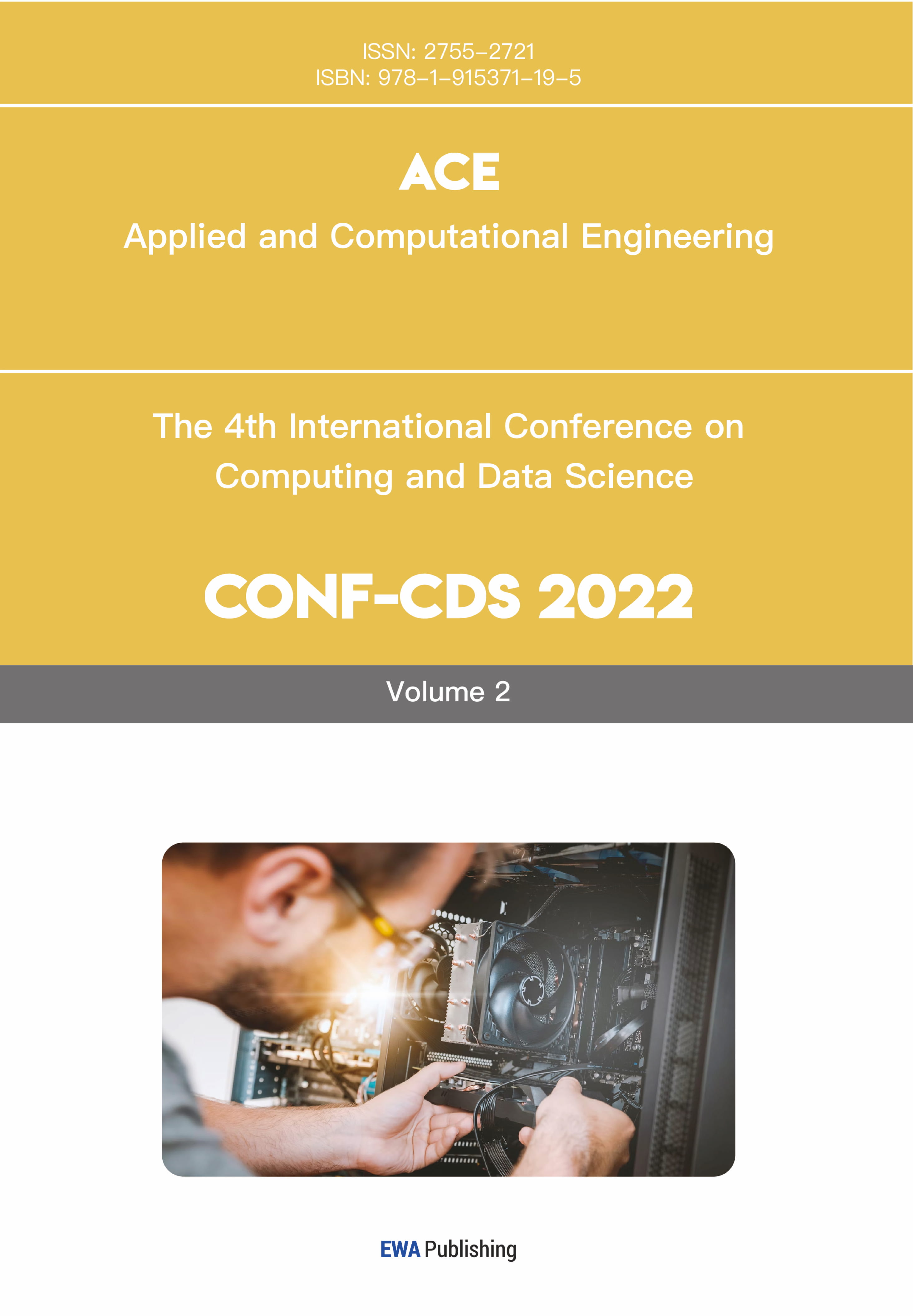References
[1]. Hart P E, Nilsson N J, Raphael B. A formal basis for the heuristic determination of minimum cost paths [J]. IEEE transactions on Systems Science and Cybernetics, 1968, 4(2): 100-107.
[2]. Qiang W, Zhongli Z. Reinforcement learning model, algorithms and its application [C]//2011 International Conference on Mechatronic Science, Electric Engineering and Computer (MEC). IEEE, 2011: 1143-1146.
[3]. Lv L, Zhang S, Ding D, et al. Path planning via an improved DQN-based learning policy [J]. IEEE Access, 2019, 7: 67319-67330.
[4]. Zhao Y, Zhang Y, Wang S. A review of mobile robot path planning based on deep reinforcement learning algorithm [C]//Journal of Physics: Conference Series. IOP Publishing, 2021, 2138(1): 012011.
[5]. Liu L, Tian B, Zhao X, et al. UAV autonomous trajectory planning in target tracking tasks via a DQN approach [C]//2019 IEEE International Conference on Real-time Computing and Robotics (RCAR). IEEE, 2019: 277-282.
[6]. Mnih V, Badia A P, Mirza M, et al. Asynchronous methods for deep reinforcement learning [C]//International conference on machine learning. PmLR, 2016: 1928-1937.
[7]. Barto A G, Mahadevan S. Recent advances in hierarchical reinforcement learning [J]. Discrete event dynamic systems, 2003, 13: 341-379.
[8]. Pateria S, Subagdja B, Tan A, et al. Hierarchical reinforcement learning: A comprehensive survey [J]. ACM Computing Surveys (CSUR), 2021, 54(5): 1-35.
[9]. Ng A Y, Russell S. Algorithms for inverse reinforcement learning [C]//Icml. 2000, 1(2): 2.
[10]. Jordan S, Chandak Y, Cohen D, et al. Evaluating the performance of reinforcement learning algorithms [C]//International Conference on Machine Learning. PMLR, 2020: 4962-4973.



